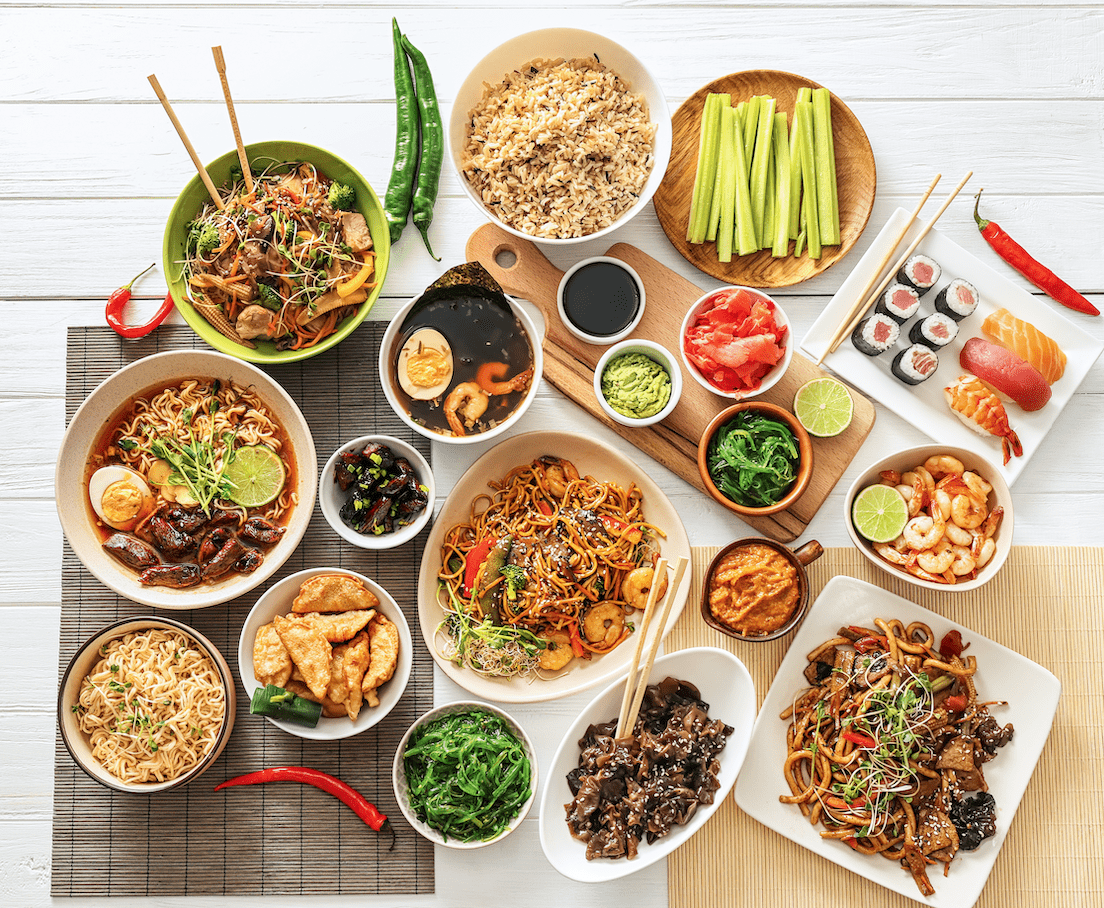The Asian food service industry is a dynamic and diverse sector that plays a crucial role in shaping the region’s culinary landscape. From traditional street food stalls to upscale restaurants, Asian countries offer a wide variety of dining experiences that cater to diverse tastes and preferences. This report provides an in-depth analysis of the Asian food service industry, covering market trends, key players, challenges, and opportunities.
Market Overview
The Asian food service industry encompasses a wide range of establishments, including restaurants, cafes, food trucks, fast-food chains, and catering services. With rapid urbanization, rising disposable incomes, and changing lifestyles, the demand for convenient dining options has been increasing across the region. As a result, the food service industry in Asia has experienced significant growth in recent years.
Key Players
- McDonald’s Corporation (United States): McDonald’s is one of the largest fast-food chains in Asia, with a strong presence in countries like China, Japan, and India. The company offers a diverse menu of burgers, fries, and beverages tailored to local tastes.
- Yum! Brands, Inc. (United States): Yum! Brands operates popular fast-food chains such as KFC, Pizza Hut, and Taco Bell in various Asian countries. These brands have become household names, catering to a wide range of consumers.
- Starbucks Corporation (United States): Starbucks is a leading coffeehouse chain with a significant presence in Asian markets like China, Japan, and South Korea. The company’s specialty coffee beverages and cozy ambiance appeal to urban consumers.
- Restaurant Brands International Inc. (Canada): Restaurant Brands International owns Burger King, Tim Hortons, and Popeyes Louisiana Kitchen, which have expanded their footprint in Asian countries, offering fast-food favorites and innovative menu items.
- Dicos (China): Dicos is a popular fast-food chain in China, known for its fried chicken, burgers, and sandwiches. The company competes with international brands like KFC and McDonald’s in the Chinese market.
Market Trends
- Digital Transformation: The adoption of technology, including mobile ordering apps, digital payments, and delivery platforms, has transformed the way consumers interact with food service providers in Asia.
- Health and Wellness: There is a growing demand for healthier food options and transparency in sourcing among Asian consumers. Food service companies are responding by offering organic, plant-based, and low-calorie menu items.
- Local and Regional Cuisine: Asian consumers have a strong appreciation for their culinary heritage, driving the popularity of local and regional cuisines. Food service companies are incorporating traditional flavors and ingredients into their menus to attract customers.
Challenges
- Regulatory Compliance: Food service companies in Asia face challenges related to food safety regulations, labor laws, and licensing requirements, which vary from country to country.
- Competition: The Asian food service industry is highly competitive, with both domestic and international players vying for market share. Companies must innovate and differentiate themselves to stay ahead.
- Supply Chain Disruptions: The COVID-19 pandemic highlighted vulnerabilities in the food service supply chain, leading to disruptions in sourcing, distribution, and logistics across Asia.
Opportunities
- Expansion in Emerging Markets: With rising urbanization and disposable incomes in countries like China, India, and Southeast Asia, there are ample opportunities for food service companies to expand their presence and capture new markets.
- E-commerce and Delivery Services: The growing popularity of e-commerce and food delivery platforms presents opportunities for food service companies to reach a wider audience and increase sales through online channels.
- Diversification of Offerings: Food service companies can explore new revenue streams by diversifying their offerings, such as meal kits, ready-to-eat meals, and catering services for events and celebrations.
Conclusion
The Asian food service industry is poised for continued growth and innovation, driven by changing consumer preferences, technological advancements, and market dynamics. Companies that can adapt to evolving trends, navigate regulatory challenges, and capitalize on emerging opportunities will be well-positioned to succeed in this dynamic and vibrant market.



